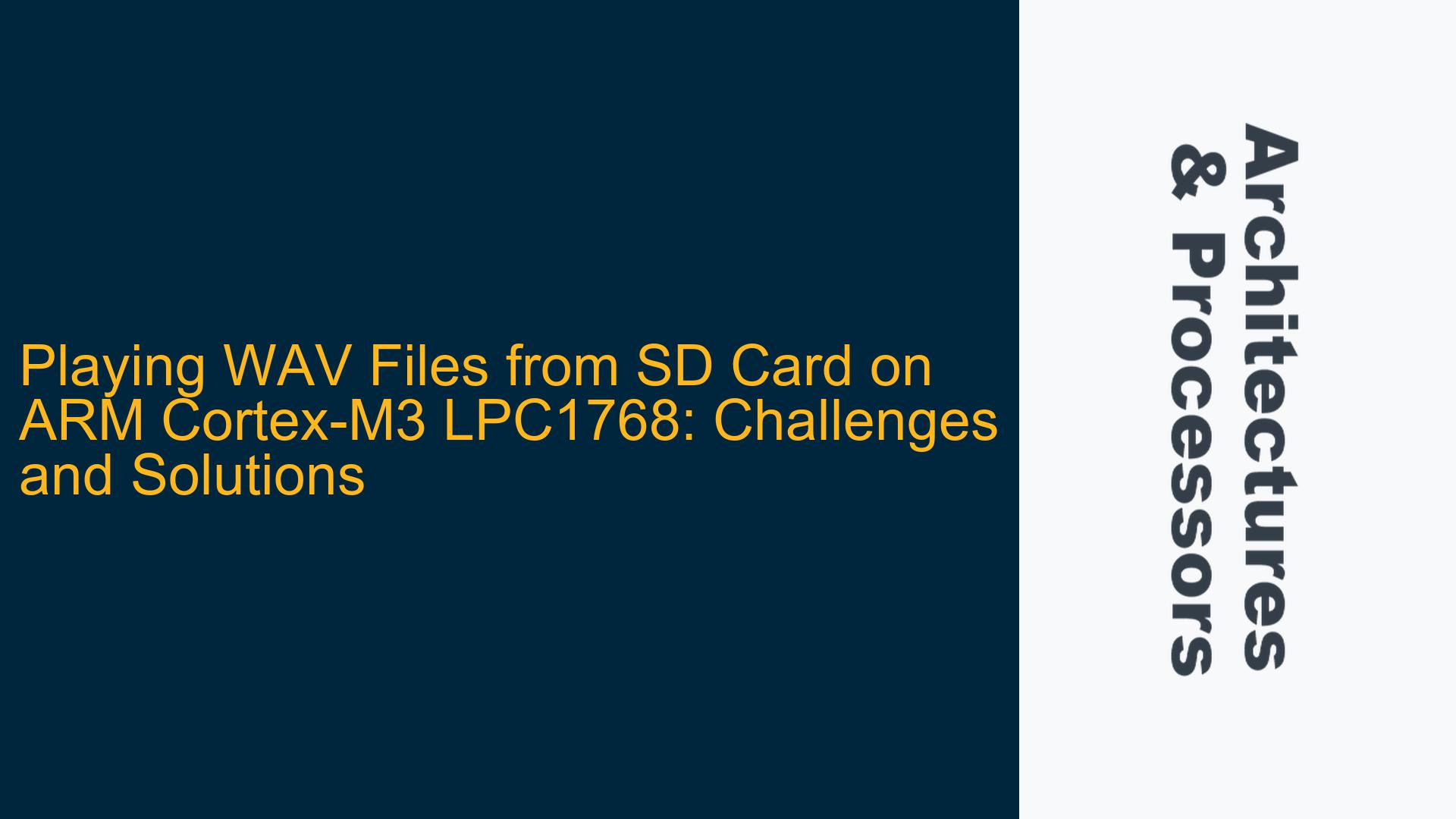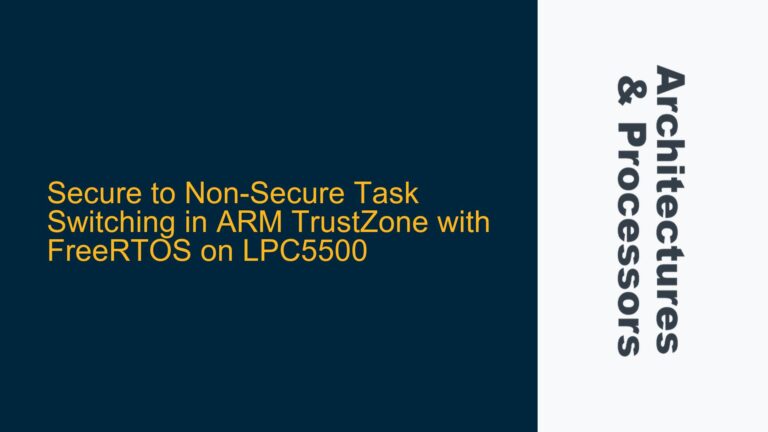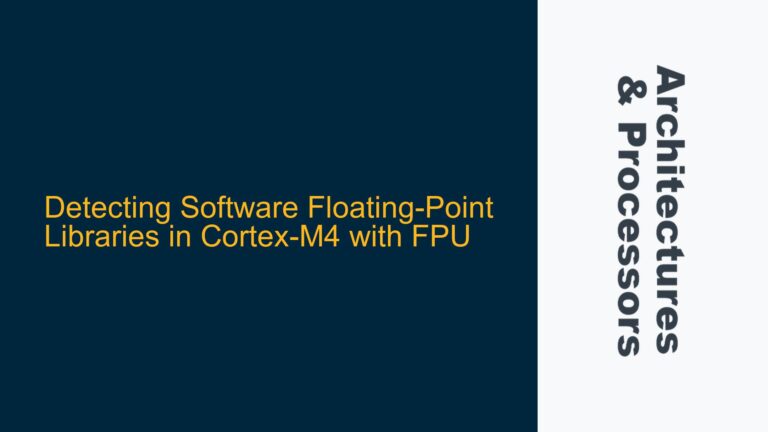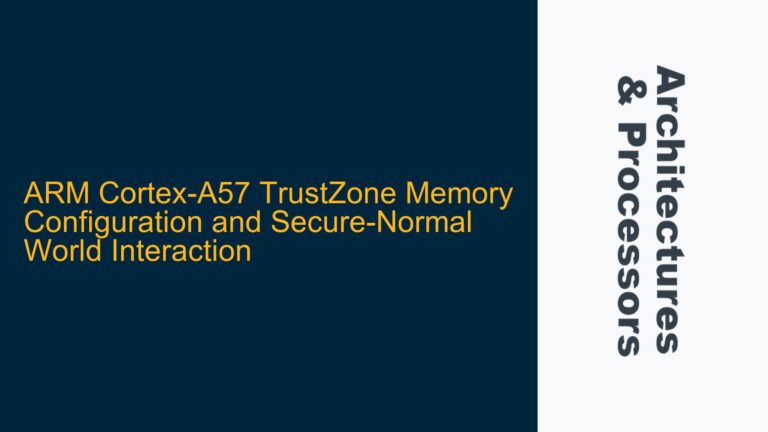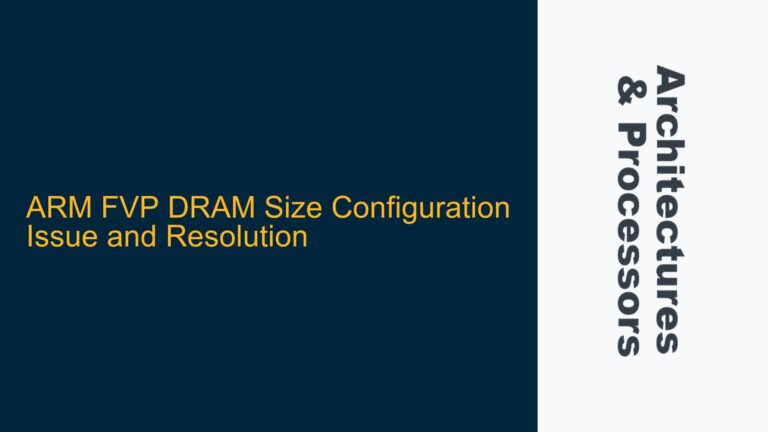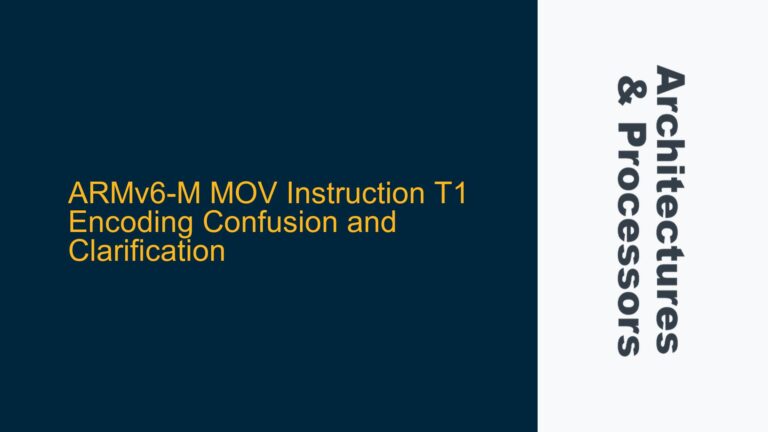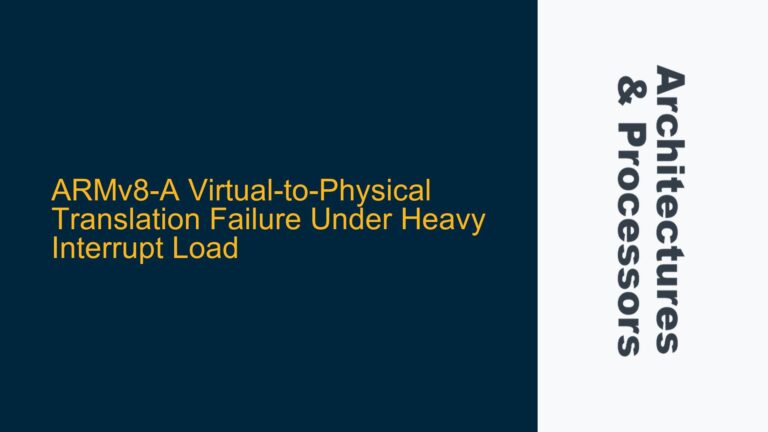Understanding WAV File Playback on ARM Cortex-M3 with SPI and SD Card
Playing a WAV file from an SD card on an ARM Cortex-M3 microcontroller like the LPC1768 involves several layers of hardware and software interaction. The primary components include the SPI interface for SD card communication, the FAT32 file system for reading the WAV file, and the audio playback mechanism, which could involve a Digital-to-Analog Converter (DAC) or Pulse Width Modulation (PWM). The complexity arises from the need to manage data flow efficiently between these components while ensuring real-time audio playback without glitches.
The LPC1768 microcontroller, based on the ARM Cortex-M3 architecture, is well-suited for such tasks due to its robust peripheral set and real-time capabilities. However, the challenge lies in integrating these peripherals effectively. The SPI interface must be configured correctly to communicate with the SD card, the FAT32 library must be used to read the WAV file, and the audio data must be processed and outputted in real-time. This requires a deep understanding of both the hardware and software layers, as well as the ability to debug and optimize the system for performance.
Potential Misconfigurations in SPI, FAT32, and Audio Playback
One of the primary challenges in this setup is ensuring that the SPI interface is correctly configured to communicate with the SD card. The SPI protocol requires precise timing and configuration of clock polarity, phase, and speed. Misconfigurations here can lead to data corruption or complete communication failure. Additionally, the FAT32 file system must be correctly implemented to read the WAV file from the SD card. Errors in file system implementation can result in incorrect file reading or even file system corruption.
Another critical area is the audio playback mechanism. The WAV file contains raw audio data that needs to be converted into an analog signal for playback. This can be achieved using a DAC or PWM. However, each method has its own set of challenges. For instance, using a DAC requires precise timing to ensure that the audio data is converted and outputted without delay. On the other hand, using PWM for audio playback requires careful configuration of the PWM module to achieve the desired audio quality. Misconfigurations in either of these methods can lead to poor audio quality or no audio output at all.
Step-by-Step Guide to Configuring SPI, Reading WAV Files, and Implementing Audio Playback
To successfully play a WAV file from an SD card on the LPC1768, follow these detailed steps:
Configuring the SPI Interface
The first step is to configure the SPI interface to communicate with the SD card. This involves setting up the SPI clock, data, and control pins on the LPC1768. The SPI clock speed should be set to a value that is compatible with the SD card’s specifications. Typically, SD cards support SPI clock speeds up to 25 MHz. The SPI mode (clock polarity and phase) should also be configured correctly. The LPC1768’s SPI peripheral should be initialized with the appropriate settings, and the SD card should be initialized using the SPI protocol.
Implementing the FAT32 File System
Once the SPI interface is configured, the next step is to implement the FAT32 file system to read the WAV file from the SD card. This involves initializing the FAT32 library and opening the WAV file. The WAV file header should be parsed to extract important information such as the audio format, sample rate, and number of channels. This information is crucial for configuring the audio playback mechanism. The FAT32 library should be used to read the audio data from the WAV file in chunks, ensuring that the data is read efficiently without causing buffer underruns or overruns.
Configuring the Audio Playback Mechanism
The final step is to configure the audio playback mechanism. If using a DAC, the LPC1768’s DAC peripheral should be initialized with the appropriate settings. The DAC should be configured to output the audio data at the correct sample rate. This involves setting up a timer to trigger the DAC at regular intervals, ensuring that the audio data is outputted in real-time. If using PWM for audio playback, the LPC1768’s PWM peripheral should be configured to generate a PWM signal that corresponds to the audio data. The PWM frequency should be set to a value that is higher than the audio sample rate to ensure good audio quality. The PWM duty cycle should be modulated according to the audio data to produce the desired analog signal.
Debugging and Optimization
After implementing the above steps, it is important to debug and optimize the system for performance. This involves checking for any data corruption or communication errors in the SPI interface, ensuring that the FAT32 file system is reading the WAV file correctly, and verifying that the audio playback mechanism is outputting the audio data without glitches. Any issues should be addressed by revisiting the configuration settings and making necessary adjustments. Additionally, the system should be optimized for real-time performance by minimizing latency and ensuring that the audio data is processed and outputted without delay.
Example Code Snippets
Below are some example code snippets to illustrate the configuration and implementation steps:
SPI Configuration
void SPI_Init() {
// Configure SPI pins
LPC_PINCON->PINSEL0 |= (1 << 30) | (1 << 31); // SCK, MISO
LPC_PINCON->PINSEL1 |= (1 << 0); // MOSI
// Configure SPI control register
LPC_SPI->SPCCR = 0x8; // SPI clock divider
LPC_SPI->SPCR = (1 << 5) | (1 << 4); // Master mode, SPI mode 0
}
FAT32 File System Implementation
void Read_WAV_File() {
// Initialize FAT32 library
FAT32_Init();
// Open WAV file
FILE *wav_file = fopen("audio.wav", "rb");
// Read WAV header
WAV_Header wav_header;
fread(&wav_header, sizeof(WAV_Header), 1, wav_file);
// Read audio data
uint8_t audio_buffer[1024];
while (!feof(wav_file)) {
fread(audio_buffer, sizeof(uint8_t), 1024, wav_file);
// Process audio data
}
// Close WAV file
fclose(wav_file);
}
DAC Configuration
void DAC_Init() {
// Configure DAC pins
LPC_PINCON->PINSEL1 |= (1 << 21); // DAC output
// Configure DAC control register
LPC_DAC->DACR = (1 << 16); // Enable DAC
}
void DAC_Output(uint16_t data) {
// Output audio data to DAC
LPC_DAC->DACR = (data << 6) | (1 << 16);
}
PWM Configuration
void PWM_Init() {
// Configure PWM pins
LPC_PINCON->PINSEL4 |= (1 << 0); // PWM1 output
// Configure PWM timer
LPC_PWM1->TCR = (1 << 1); // Reset counter
LPC_PWM1->PR = 0; // Prescaler
LPC_PWM1->MR0 = 1000; // Match register
LPC_PWM1->MCR = (1 << 1); // Reset on match
LPC_PWM1->PCR = (1 << 9); // Enable PWM1 output
LPC_PWM1->TCR = (1 << 0); // Enable counter
}
void PWM_Output(uint16_t data) {
// Output audio data to PWM
LPC_PWM1->MR1 = data; // Set PWM duty cycle
}
Conclusion
Playing a WAV file from an SD card on an ARM Cortex-M3 microcontroller like the LPC1768 involves several steps, including configuring the SPI interface, implementing the FAT32 file system, and setting up the audio playback mechanism. Each of these steps requires careful configuration and debugging to ensure that the system works correctly. By following the detailed steps and example code snippets provided in this guide, you can successfully implement WAV file playback on the LPC1768. Remember to debug and optimize the system for real-time performance to achieve high-quality audio playback.
